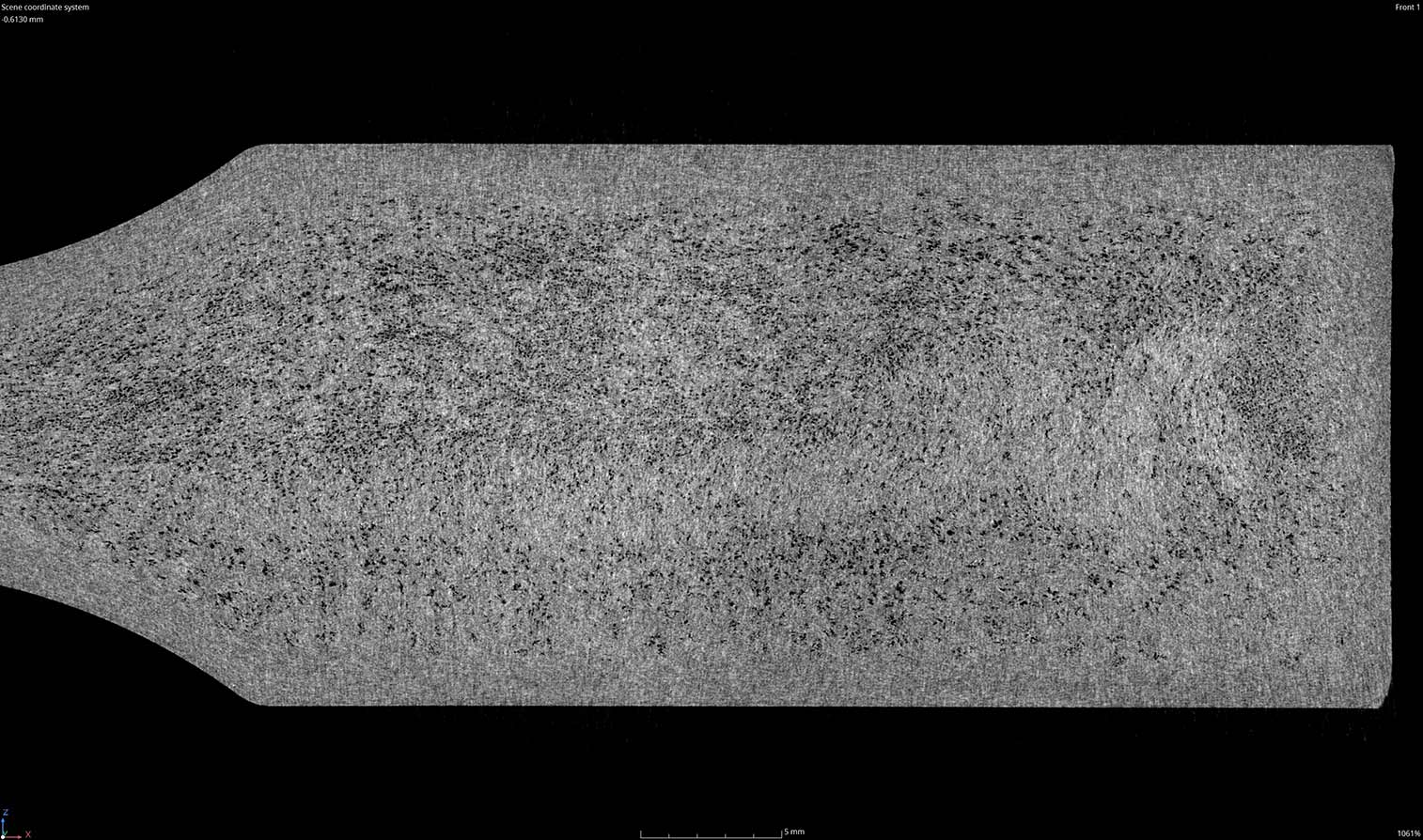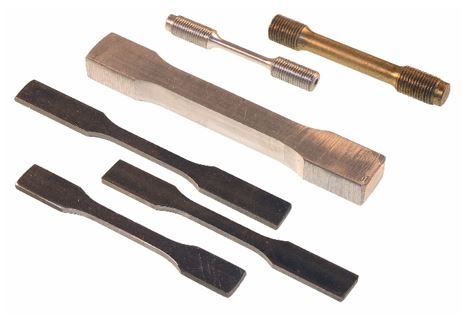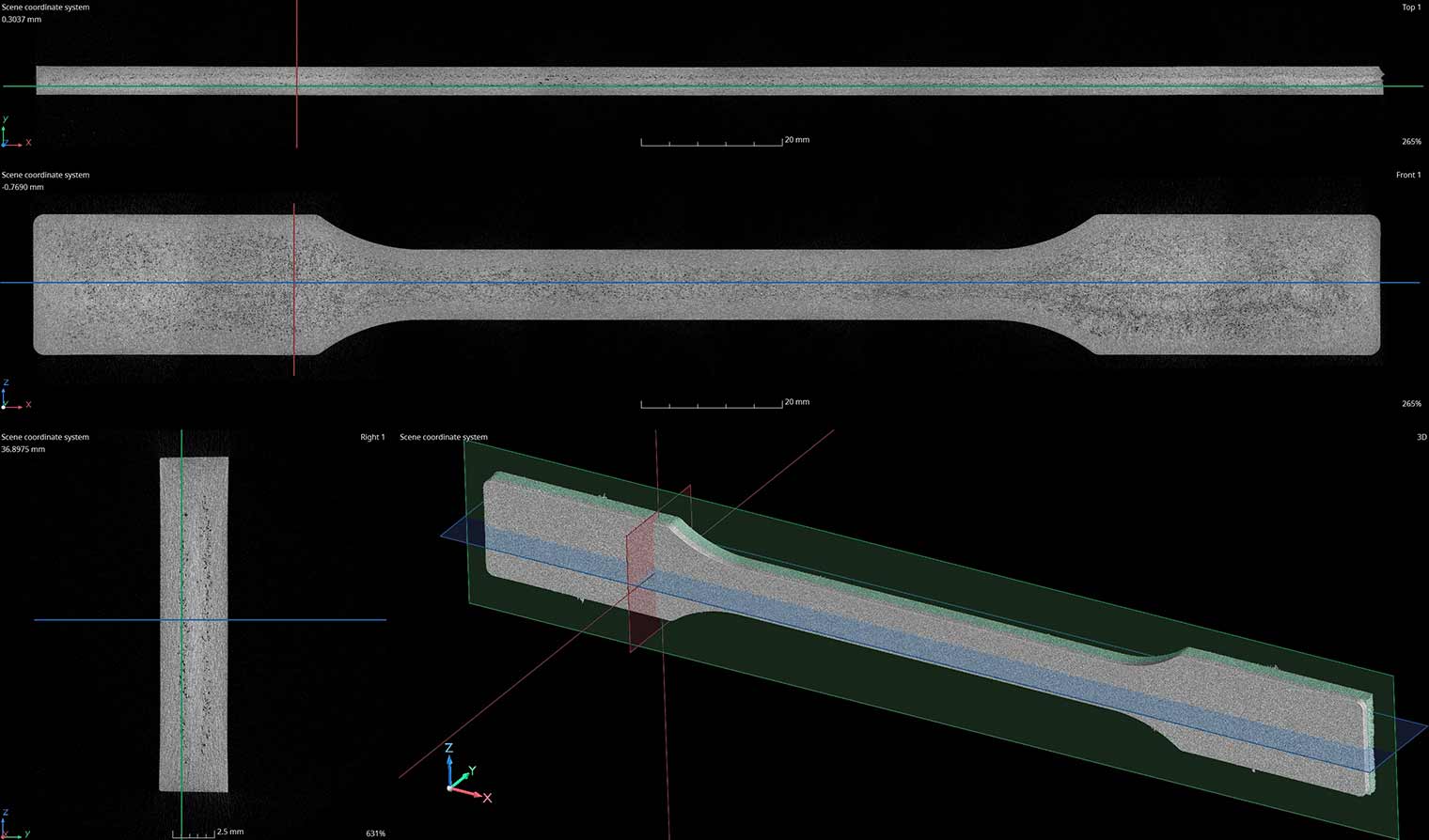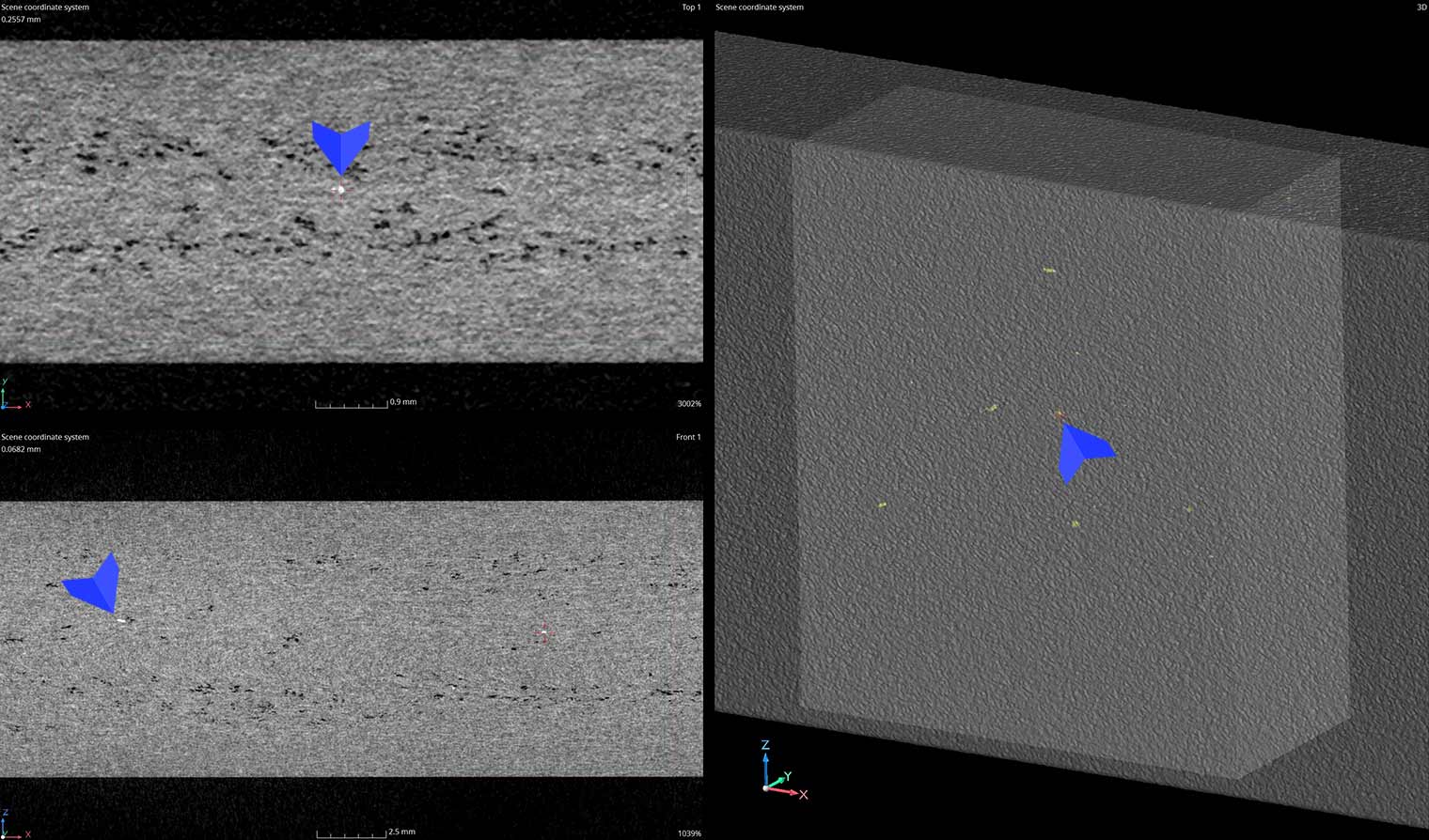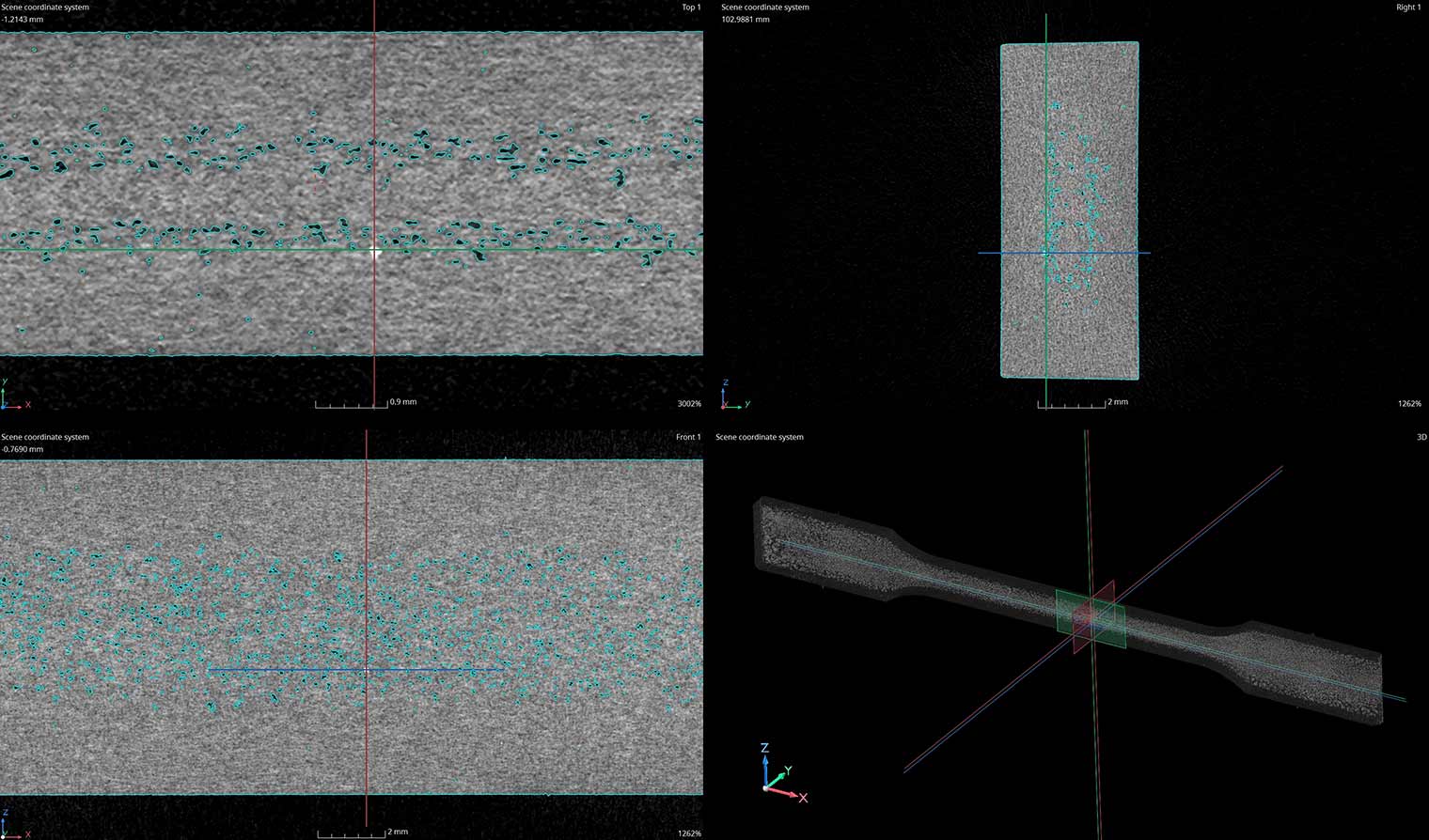DIAGNOSING FAILURE WITHIN A CUBESAT
Industrial Inspection played a critical role in diagnosing a failure within this CubeSat. Set to launch on a SpaceX rideshare in November 2024, our client walked into our lab with a defective, seven-figure satellite and walked out with a plan for repair. We were challenged to determine the defect within one day so that build technicians would have enough time to tear down and repair or replace necessary components. Armed with only suggestions of possible zones for failure, our certified experts took on the challenge of finding this needle in a haystack.
“Our staff is comprised of world class inspection experts hailing from renowned inspection labs, space companies, and defense contractors. We thrive under pressure and perform at our best when failure is not an option,” said Keith Irwin, Managing Partner of Industrial Inspection.
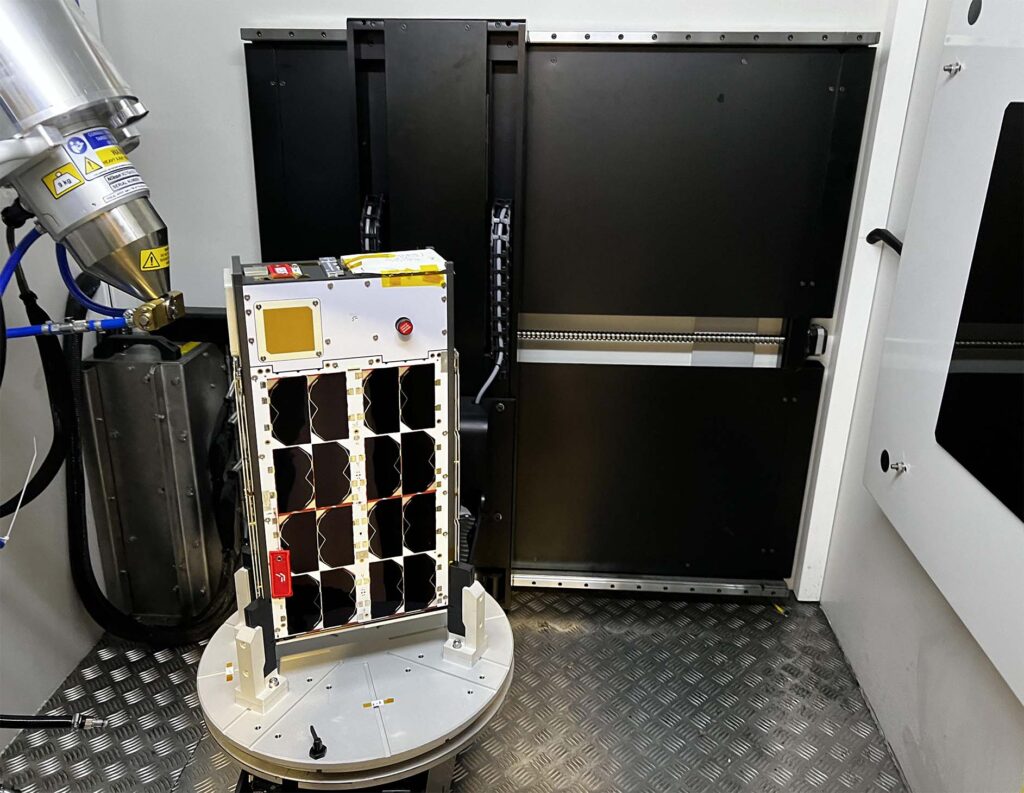
THE CHALLENGE
Large, complex systems like this CubeSat present a variety of challenges for Industrial X-Ray Imaging & CT Scanning. For example, opposing parameters like resolution versus energy must be weighed for their pros and cons. Without enough energy there would be a lack of penetration and increased x-ray artifacts. But, higher energy also introduces a larger x-ray spot-size and reduced resolution.
When imaging PCBs and searching for cracks or foreign object debris, resolution reigns supreme. Because of this, we swapped our 320kv mesofocus x-ray source (>30um resolution) out for our 225kv microfocus source (>3um resolution) in our large format x-ray cabinet. In order to locate any potential defects we must work through increased noise and artifacts to find miniscule defects.
Below is the point of failure – the signal amplifier likely overheated causing fracture. The left image shows a cross-sectional view through the side of the component, the middle view shows a top-down cross-section, and the right view shows the 3D render with the location of the component.
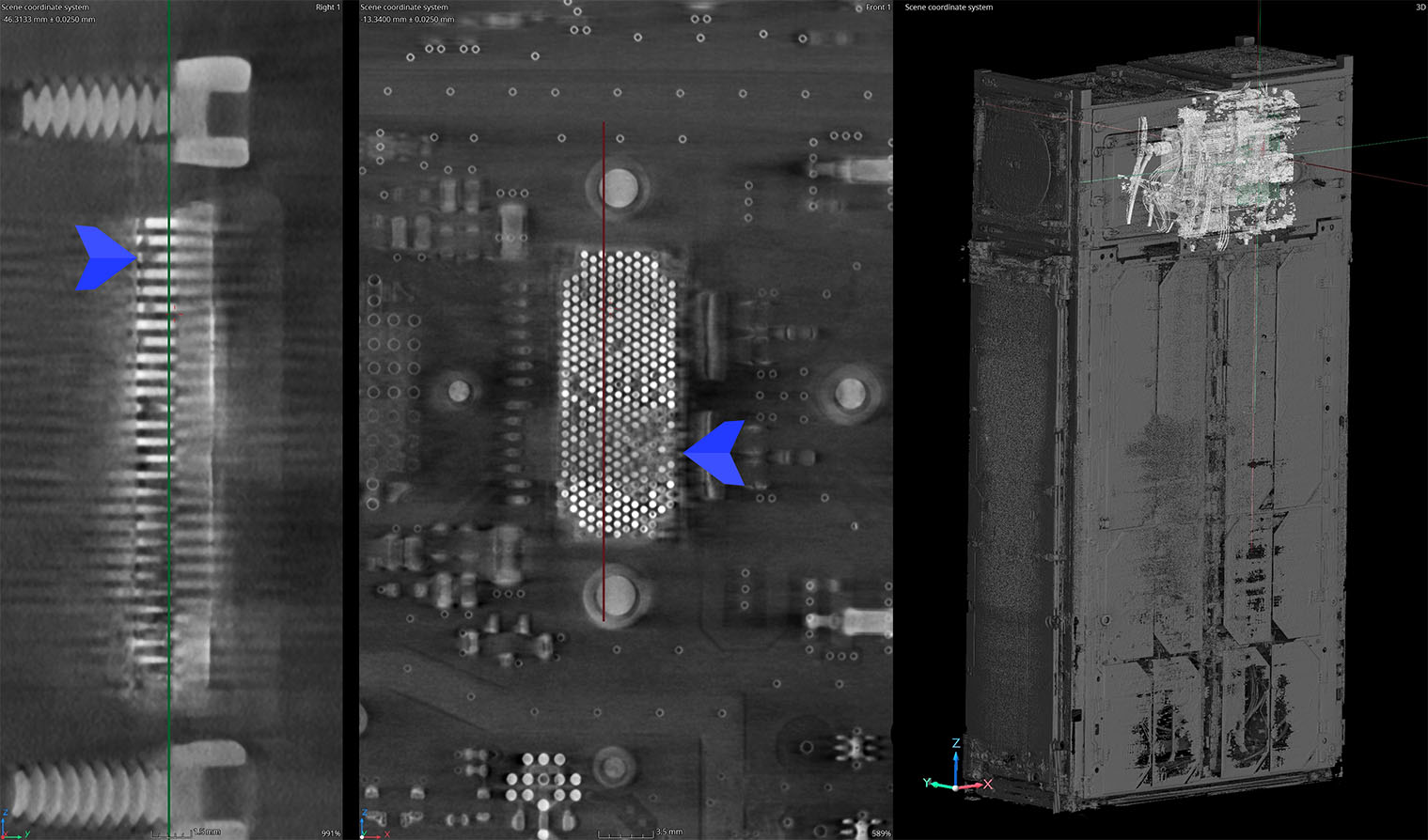
REACTION WHEEL IMAGING
Other areas of the satellite were also imaged for general information purpose like this reaction wheel and its copper windings.
Powered by batteries energized by small solar panels, reaction wheels are the preferred method for attitude control and stabilization. When a wheel spins, it creates angular momentum in one direction, causing the spacecraft to rotate in the opposite direction. By changing the speed of the wheels, the satellite can control its orientation in space without using propellant. This is particularly useful for precise pointing of instrumentation without the need for propellant.
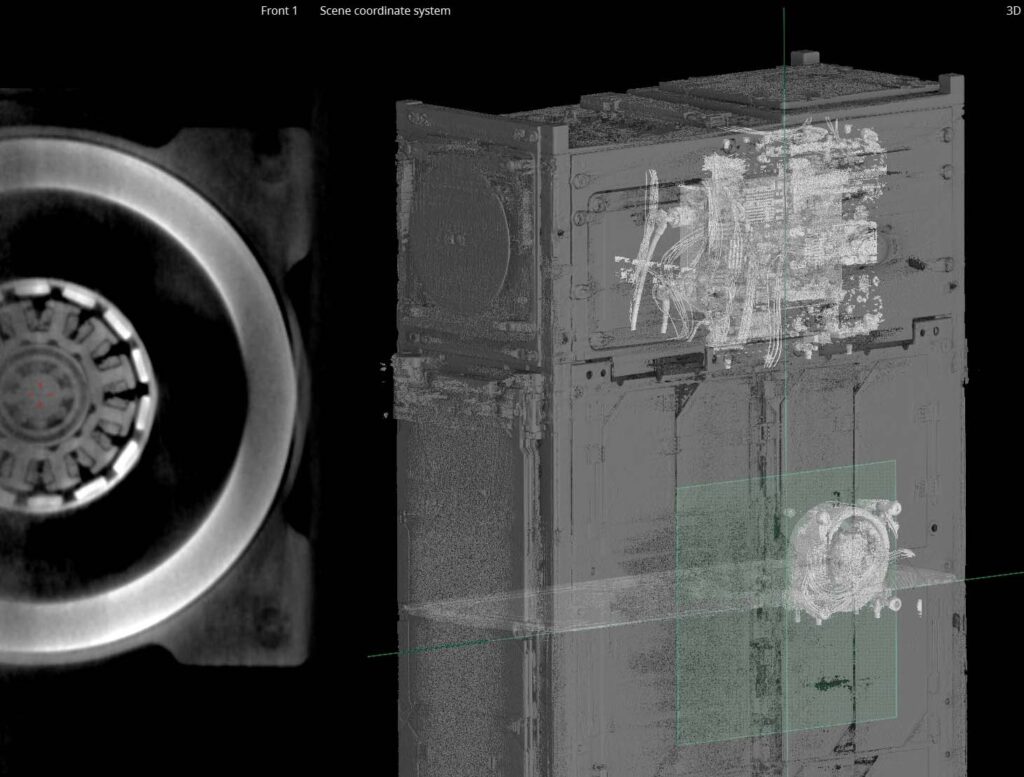
All information has been shared with permission by our client.


